An Aberdeen expert says a burst of bright light every morning could make all the difference to seasonal depression and the winter blues.
The NHS estimates around two million of us are left feeling sluggish, depressed and irritable by the dark mornings and short days at this time of year.
It’s particularly noticeable in the north of Scotland, with its high latitude limiting our daylight hours even further.
But one method that can be used to help is bright light therapy, using devices called SAD (seasonal affective disorder) lamps.
Some scientists say the evidence is inconclusive, but Aberdeen sleep expert Dr Olga Runcie believes the science is solid.
And she’s seen first-hand the dramatic change it can have on patients’ lives.
How does bright light therapy work?
Experiencing natural light in the morning helps to stop our brains producing sleep hormone melatonin.
In turn, it replaces it with mood-boosting serotonin. But in the darker winter months, that’s not always feasible.
Dr Runcie explains: “Melatonin should naturally fall in the morning anyway then start building back up at night, but some people prone to depression might have a higher level.
“That could explain feelings of drowsiness, grogginess and fatigue in the morning.
“So SAD lamps help to suppress this, as melatonin is disintegrated in the presence of bright light.”
How do I use a SAD lamp?
Bright light therapy can be used to help seasonal and non-seasonal depression, and to combat oversleeping and help people wake up in the mornings.
There are scores of different manufacturers, but it’s important to get one that’s certified with a brightness of 10,000 lux.
Dr Runcie advises patients to sit with it 60-80cm away at around a 30-degree angle for 30-60 minutes per day.
And they’re able to do other activities, like eating breakfast or reading the newspaper, at the same time.
“Try to use the light as early in the morning as possible,” Dr Runcie advises. “Preferably as soon as you wake up.
“You should start feeling the benefits between three to seven days after starting treatment.
“But the effect will disappear shortly after discontinuation (if you’ve only been using a SAD lamp for a few days).”
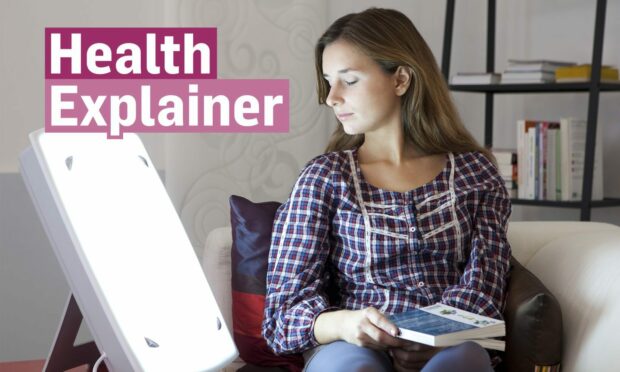
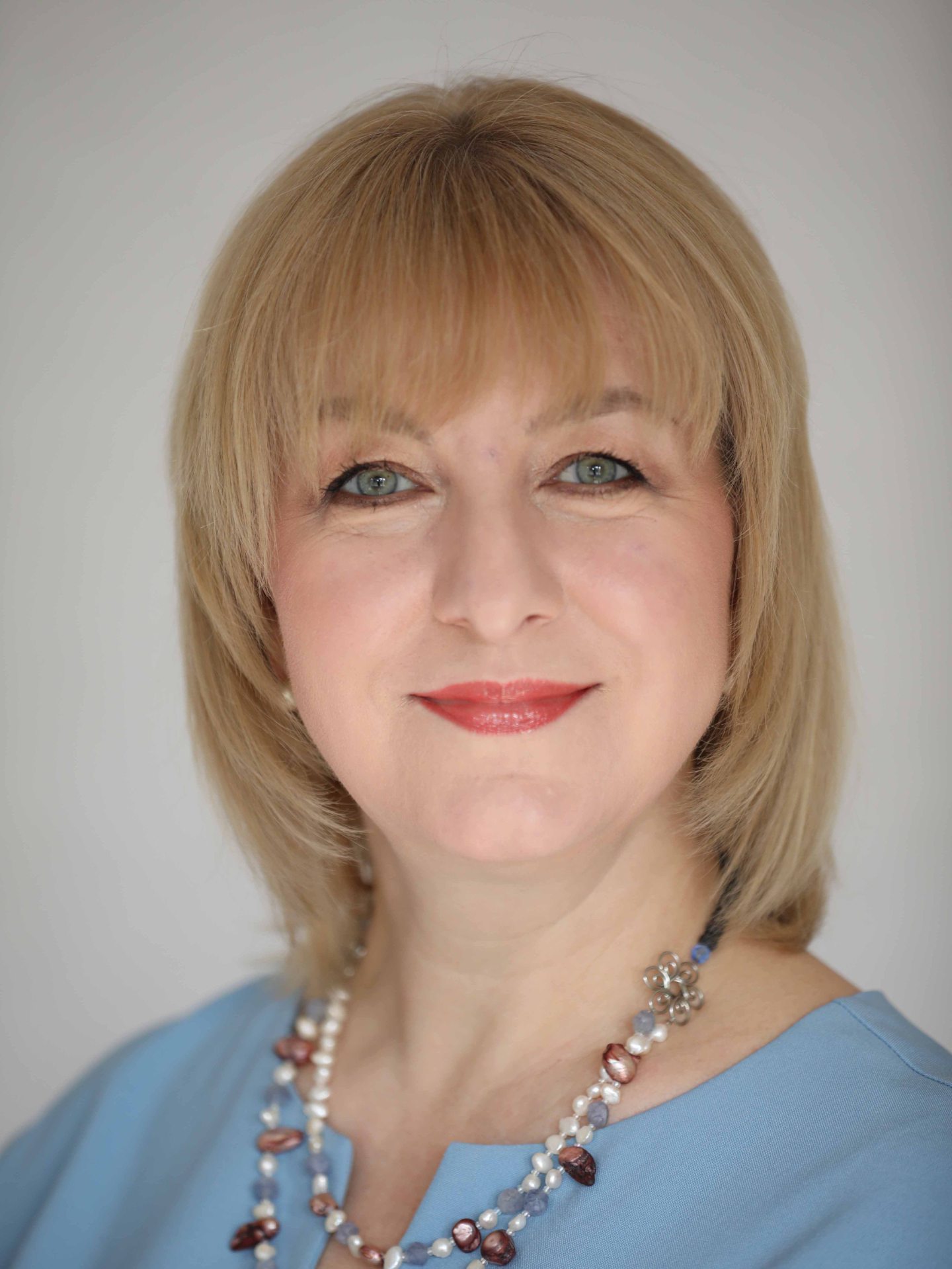
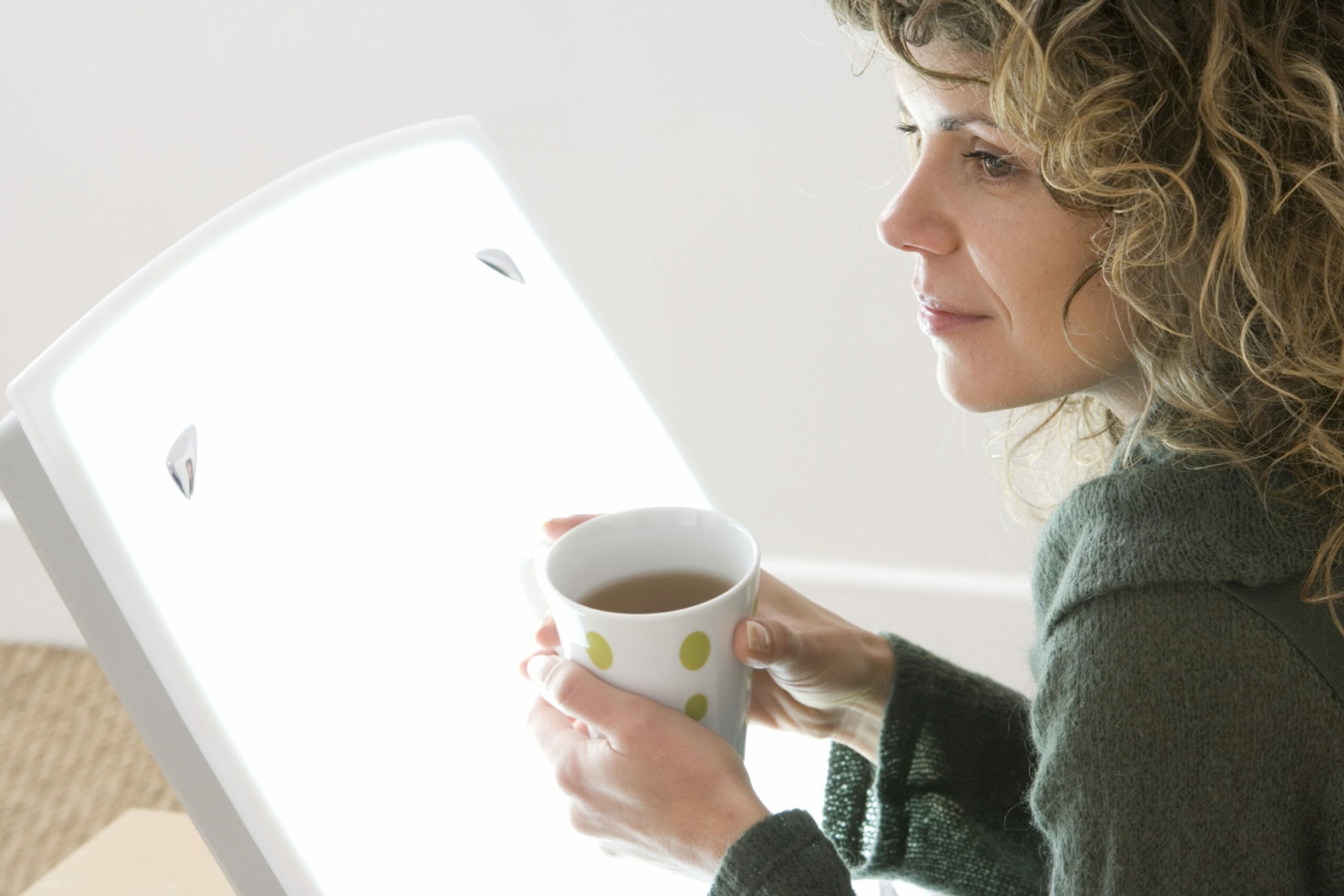
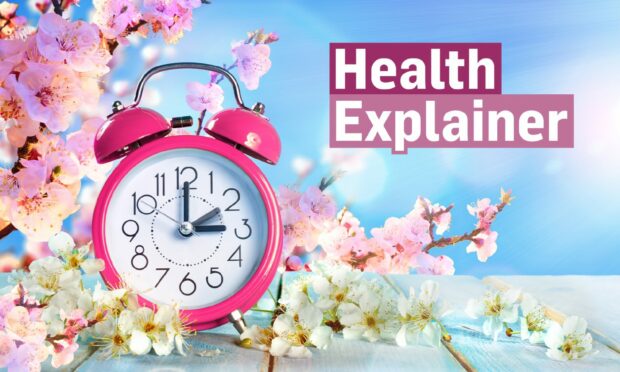
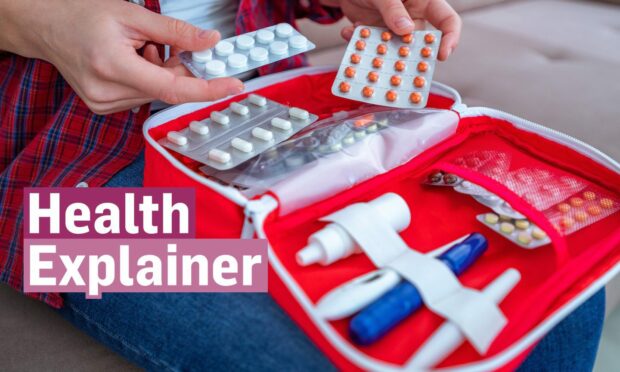
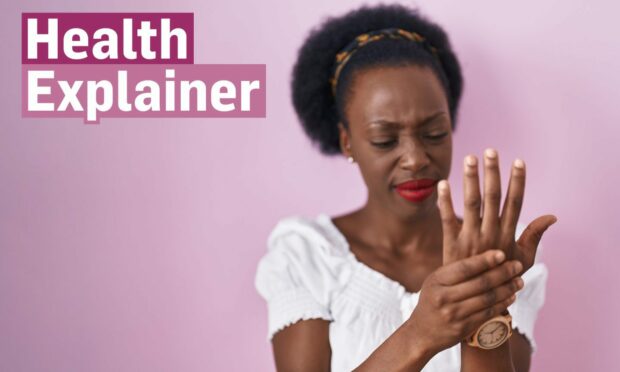
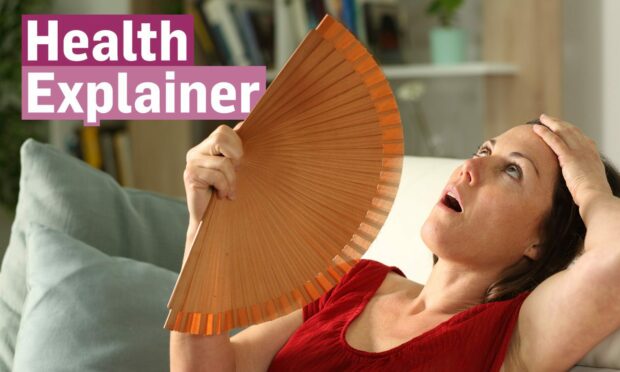
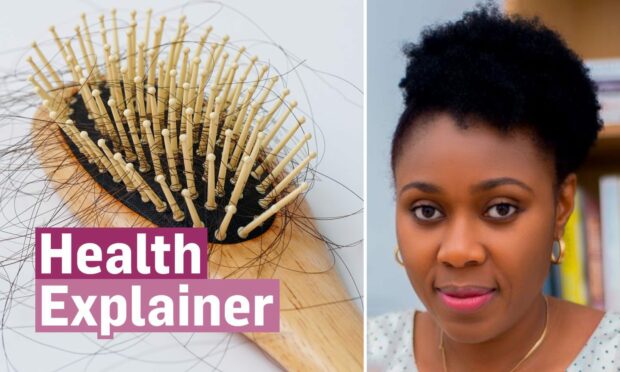

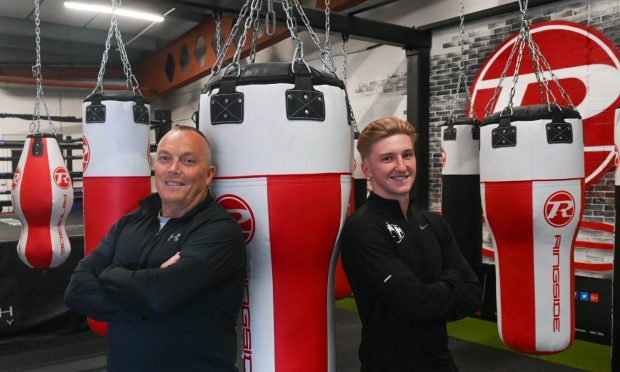
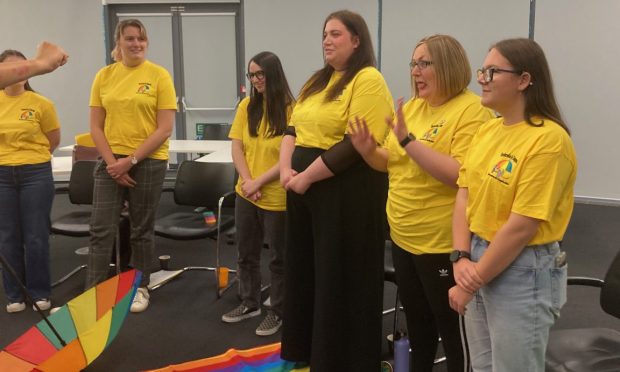
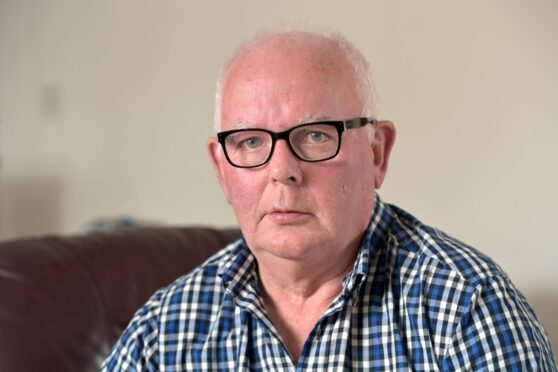
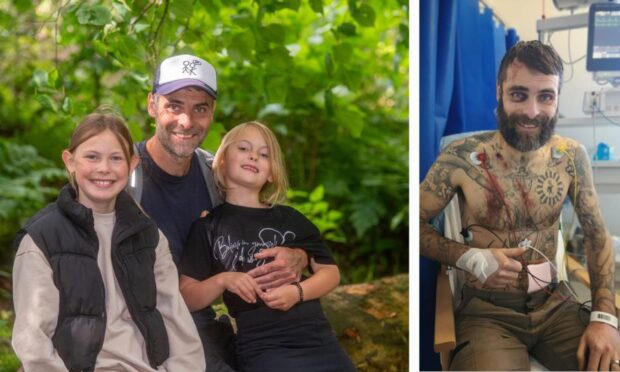
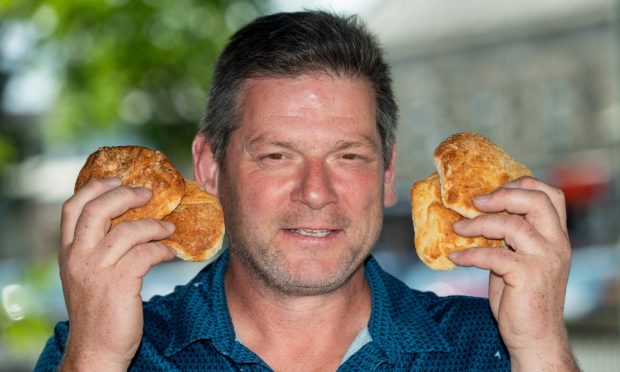

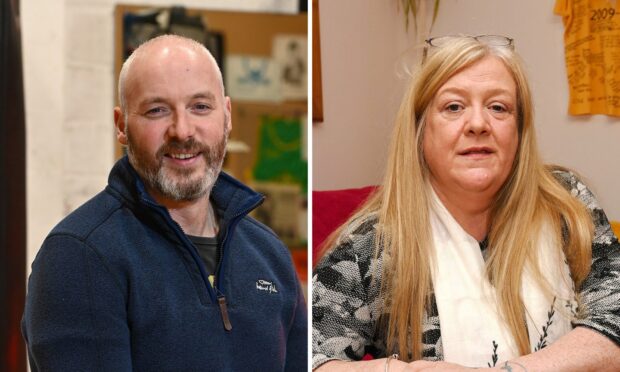
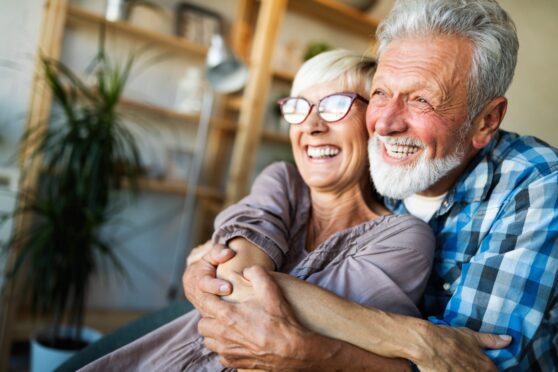
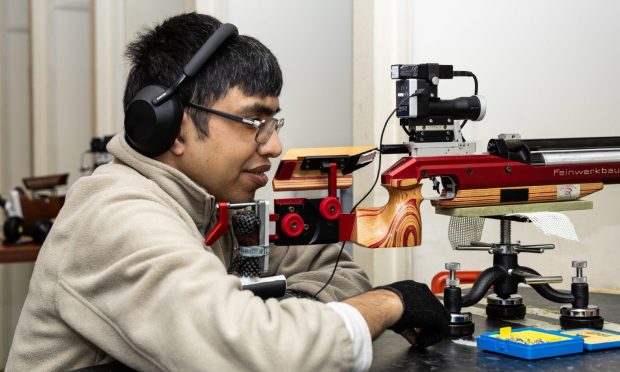
Conversation